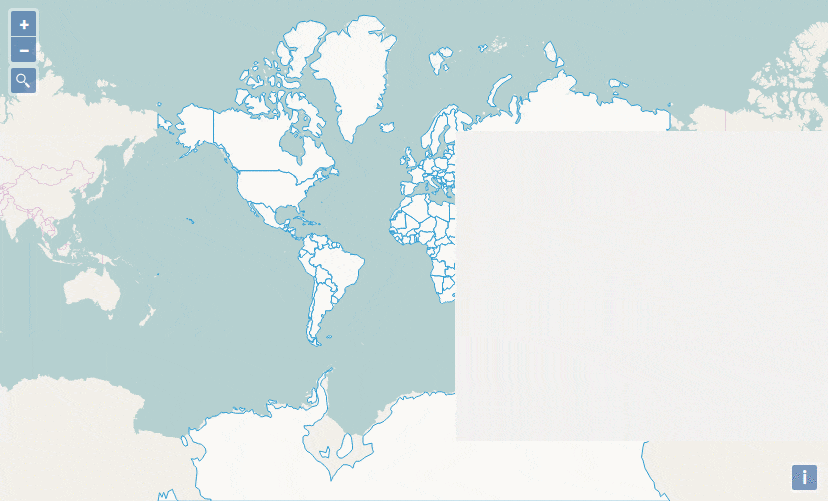At the moment, it works with single layer and a column name and it can be considered as alpha version (no tests, not enough checking for default values)
We mainly borrowed code from ol3-geocoder for the UI part.
You can see the demo in action using RawGit
You have to be aware that we use horsey, a "Progressive and customizable autocomplete component". This third party is Vanilla JavaScript (No jQuery or any other heavy framewok). It's a 12kB compressed and gzipped.
<!-- Insert Horsey CSS link -->
<link rel="stylesheet" href="//cdnjs.cloudflare.com/ajax/libs/horsey/4.2.2/horsey.min.css">
<!-- Insert ol3-search-layer plugin CSS link -->
<link rel="stylesheet" href="../dist/ol3-search-layer.min.css">
After the call to the ol.js script (or your custom build)
<!-- Insert Horsey JS script -->
<script src="//cdnjs.cloudflare.com/ajax/libs/horsey/4.2.2/horsey.min.js"></script>
<!-- Insert ol3-search-layer plugin JS script -->
<script src="../dist/ol3-search-layer.min.js"></script>
If you need the file for a demo, you can reference them from below code (or you can download them)
<script src="//rawgit.com/webgeodatavore/ol3-search-layer/master/dist/ol3-search-layer.min.js"></script>
<link rel="stylesheet" href="//rawgit.com/webgeodatavore/ol3-search-layer/master/dist/ol3-search-layer.min.js">
var searchLayer = new ol.SearchLayer({
layer: layerImage,
colName: 'name',
zoom: 10,
collapsed: true,
map: map
});
map.addControl(searchLayer);
TODO
MIT
